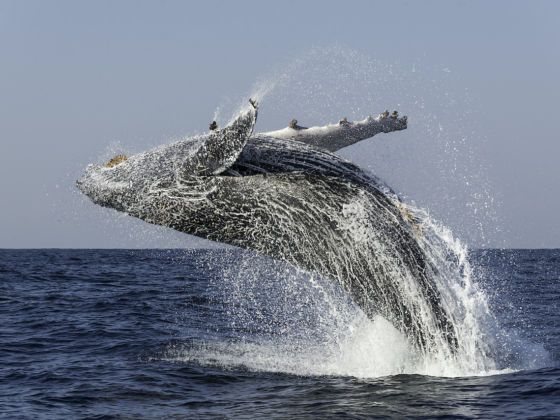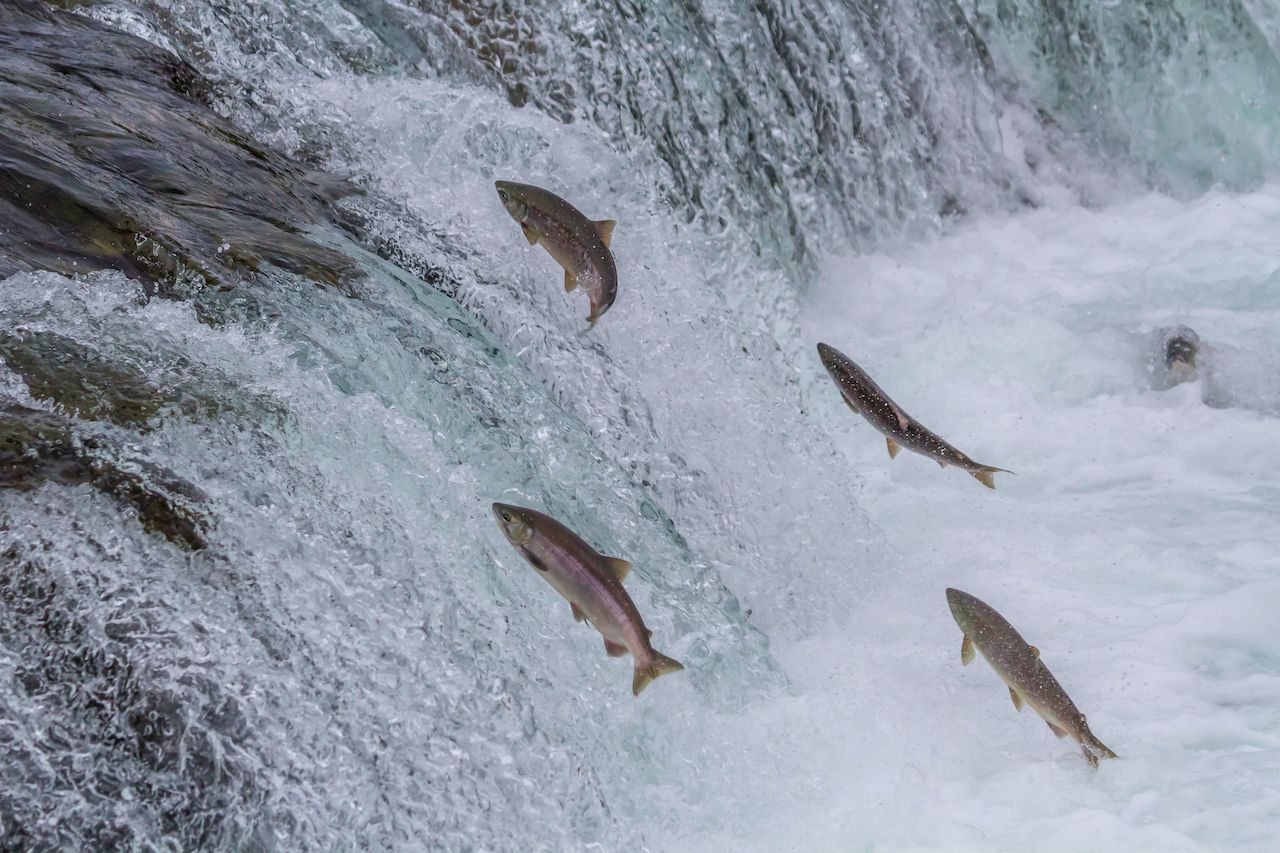Sea
8. Elephant Seals near Antarctica and California
So named because of the male’s long and distinctive nose, elephant seals come in two varieties. The southern elephant seal lives around Antarctica, and the northern near the Pacific coasts of America and Canada. Both species spend most of their time at sea, and they head to land to breed and molt. It’s on land that they can be most easily seen, and though tracking them by water is a possibility, it’s an expensive and challenging option.


